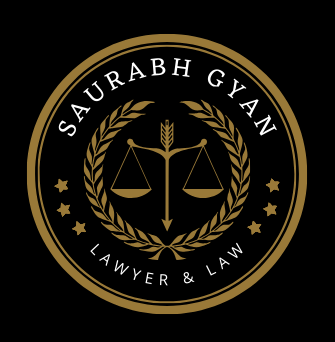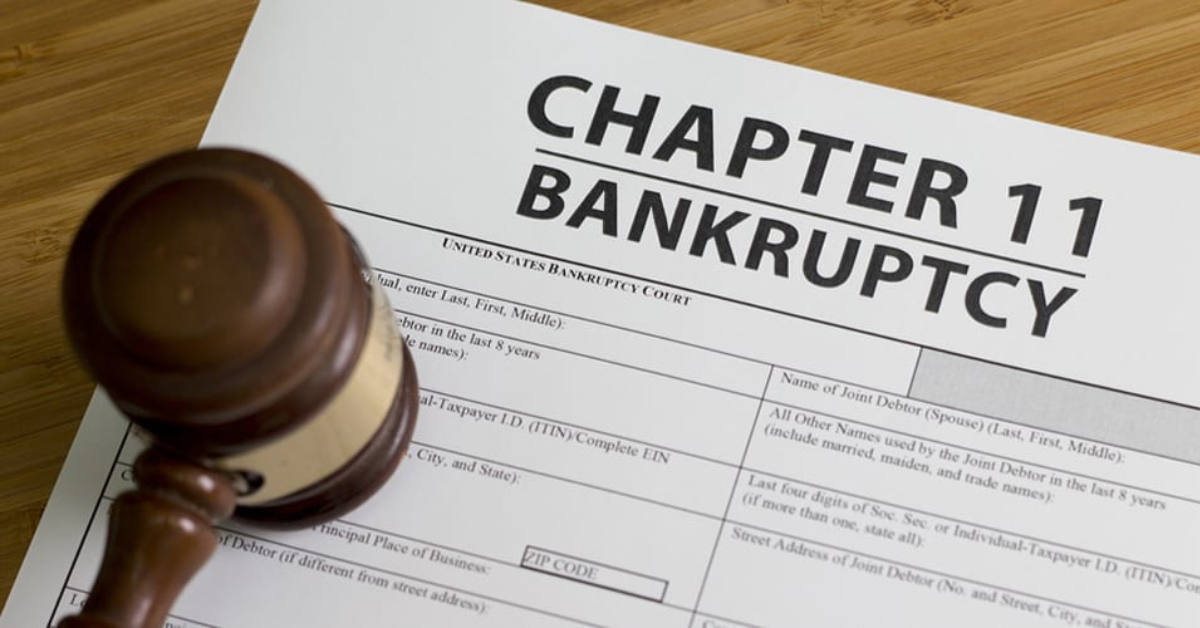Chapter 11 bankruptcy is a legal process in the United States that allows businesses, and in some cases individuals, to reorganize their debts while continuing operations. This blog provides an in-depth understanding of Chapter 11 bankruptcy, its benefits, challenges, and procedural steps.
What is Chapter 11 Bankruptcy?
Chapter 11 bankruptcy is a form of bankruptcy that provides debtors with the opportunity to restructure their finances under the supervision of the court. It is primarily designed for businesses but can also be used by high-net-worth individuals.
Who Can File for Chapter 11 Bankruptcy?
- Corporations facing financial distress but wanting to continue operations.
- Small Businesses looking for debt relief without shutting down.
- Individuals with significant debts exceeding Chapter 7 or Chapter 13 limits.
Process of Filing for Chapter 11 Bankruptcy
1. Filing the Petition
- A voluntary petition is filed by the debtor or an involuntary petition by creditors.
- A list of assets, liabilities, income, and expenses must be submitted.
2. Automatic Stay Imposed
- Creditors are prohibited from collecting debts, initiating lawsuits, or seizing assets.
3. Appointment of Trustee (In Some Cases)
- The debtor usually remains in control, but in cases of fraud or mismanagement, a trustee may be appointed.
4. Development of Reorganization Plan
- A plan outlining how debts will be restructured and repaid is created.
- The plan must be approved by creditors and the court.
5. Creditors’ Meeting and Voting
- Creditors review and vote on the proposed plan.
- At least one impaired class of creditors must approve the plan for confirmation.
6. Court Confirmation and Plan Implementation
- The court confirms the plan if it is feasible and in the best interest of creditors.
- The debtor follows the plan, making payments and restructuring operations.
Benefits of Chapter 11 Bankruptcy
- Business Continuity: Allows businesses to continue operations while restructuring debts.
- Debt Reduction: Negotiation with creditors can lead to reduced debt amounts.
- Legal Protection: Creditors cannot take collection actions during the process.
Challenges of Chapter 11 Bankruptcy
- Expensive Process: Legal and administrative costs can be high.
- Time-Consuming: Can take several months or even years to complete.
- Creditor Opposition: Some creditors may object to the proposed plan.
Recent Trends and Amendments
- Small Business Reorganization Act (SBRA): Simplifies Chapter 11 for small businesses.
- COVID-19 Impact: Led to an increase in filings due to financial struggles.
- Digital Transformation: Many filings are now conducted electronically, improving efficiency.
Conclusion
Chapter 11 bankruptcy offers businesses and individuals a chance to restructure debt and regain financial stability. While the process is complex, proper legal guidance and strategic planning can make it a viable option for financial recovery.

